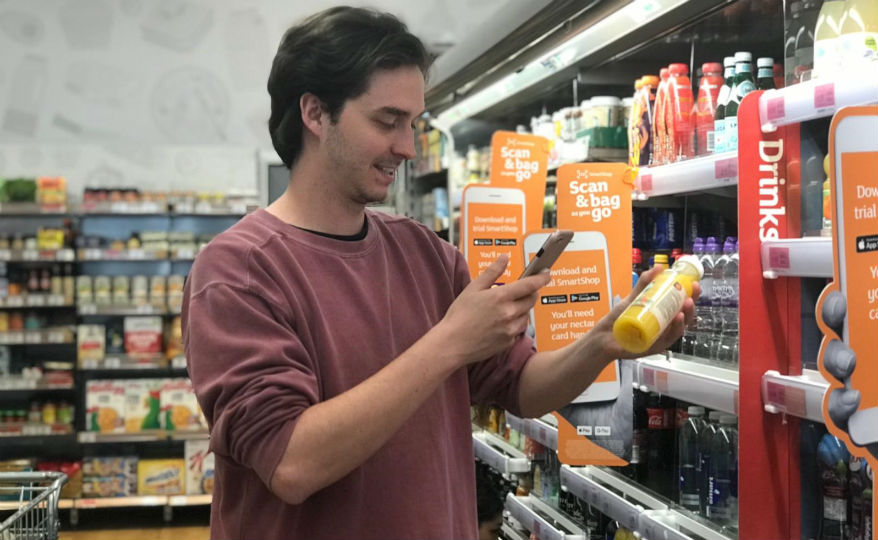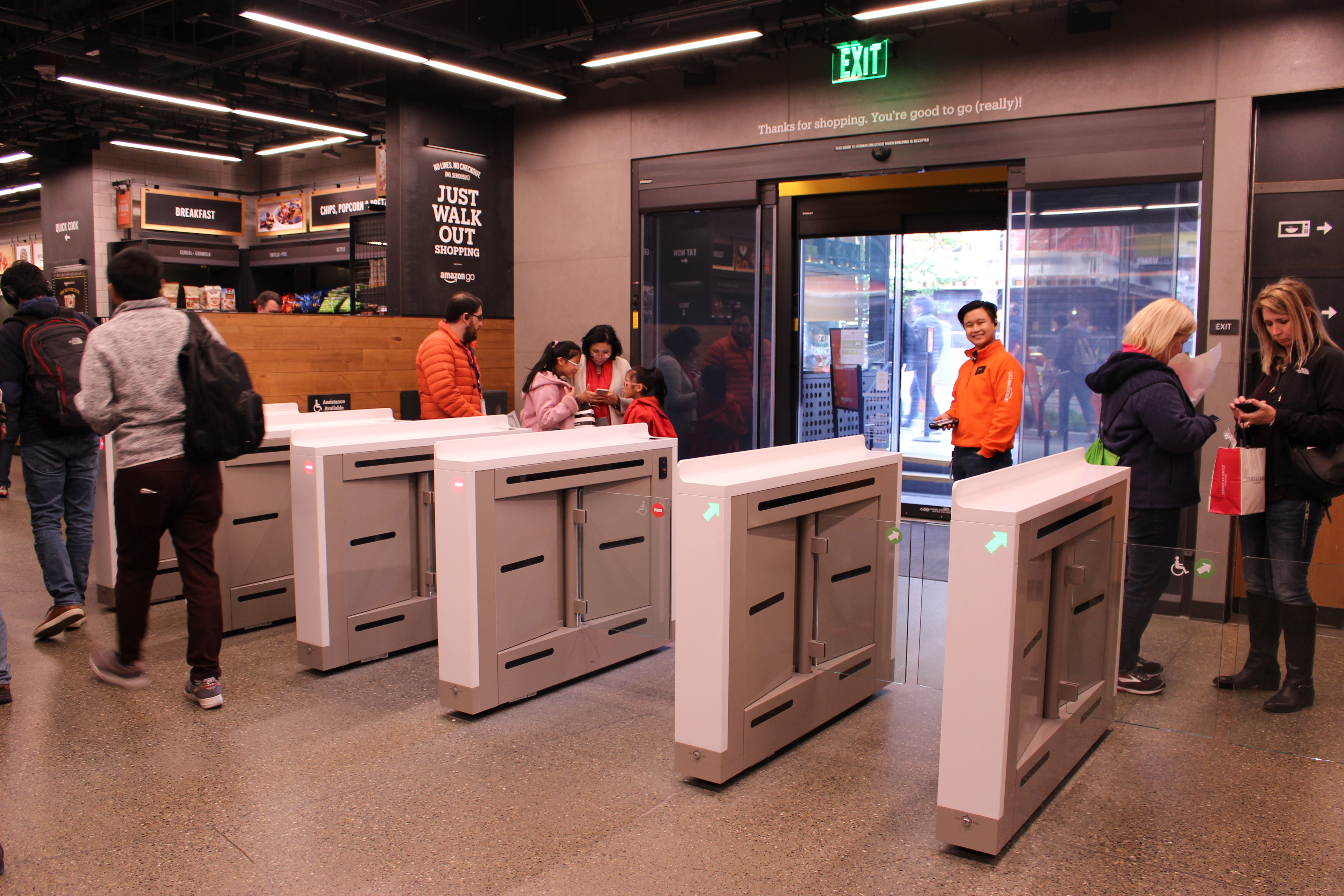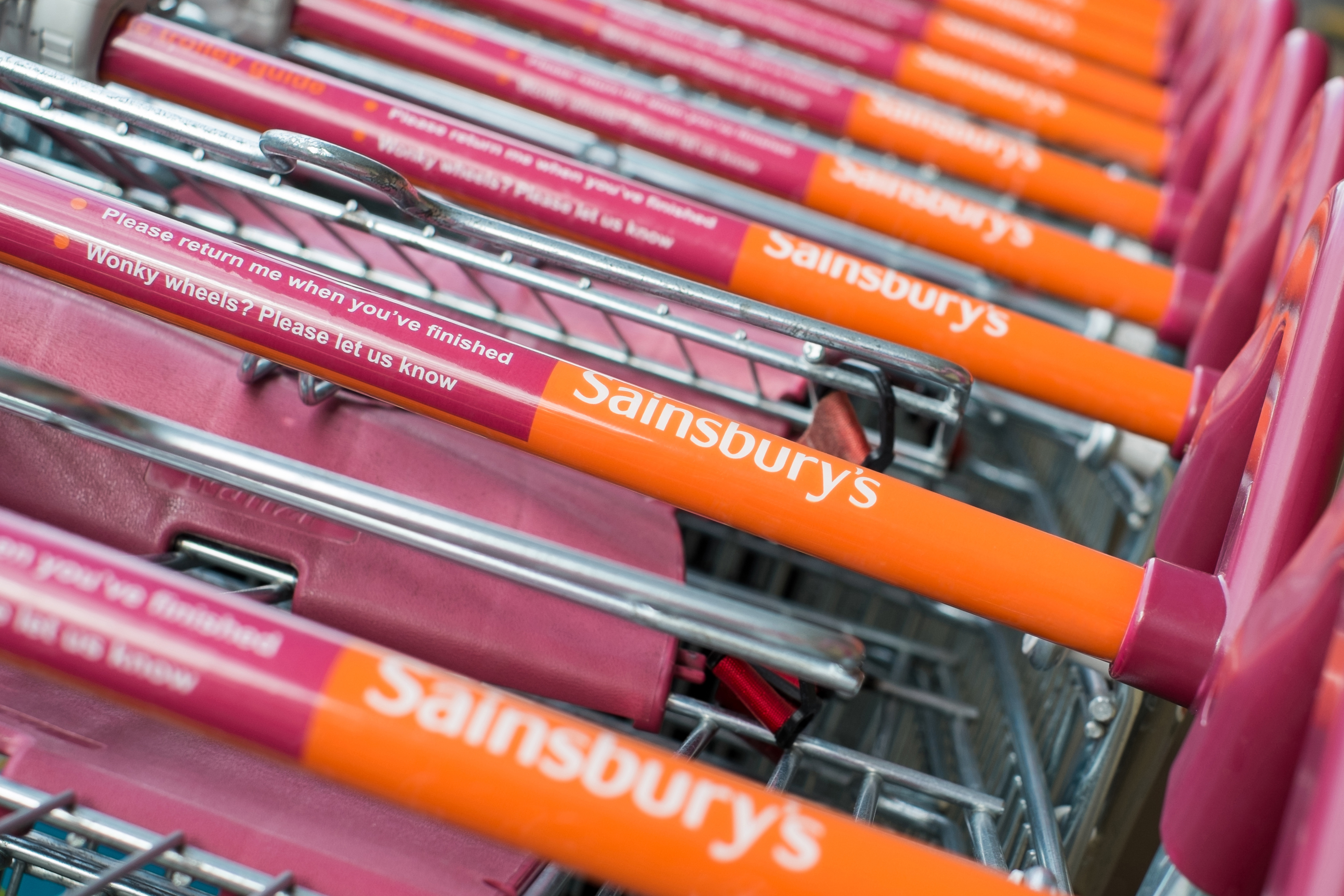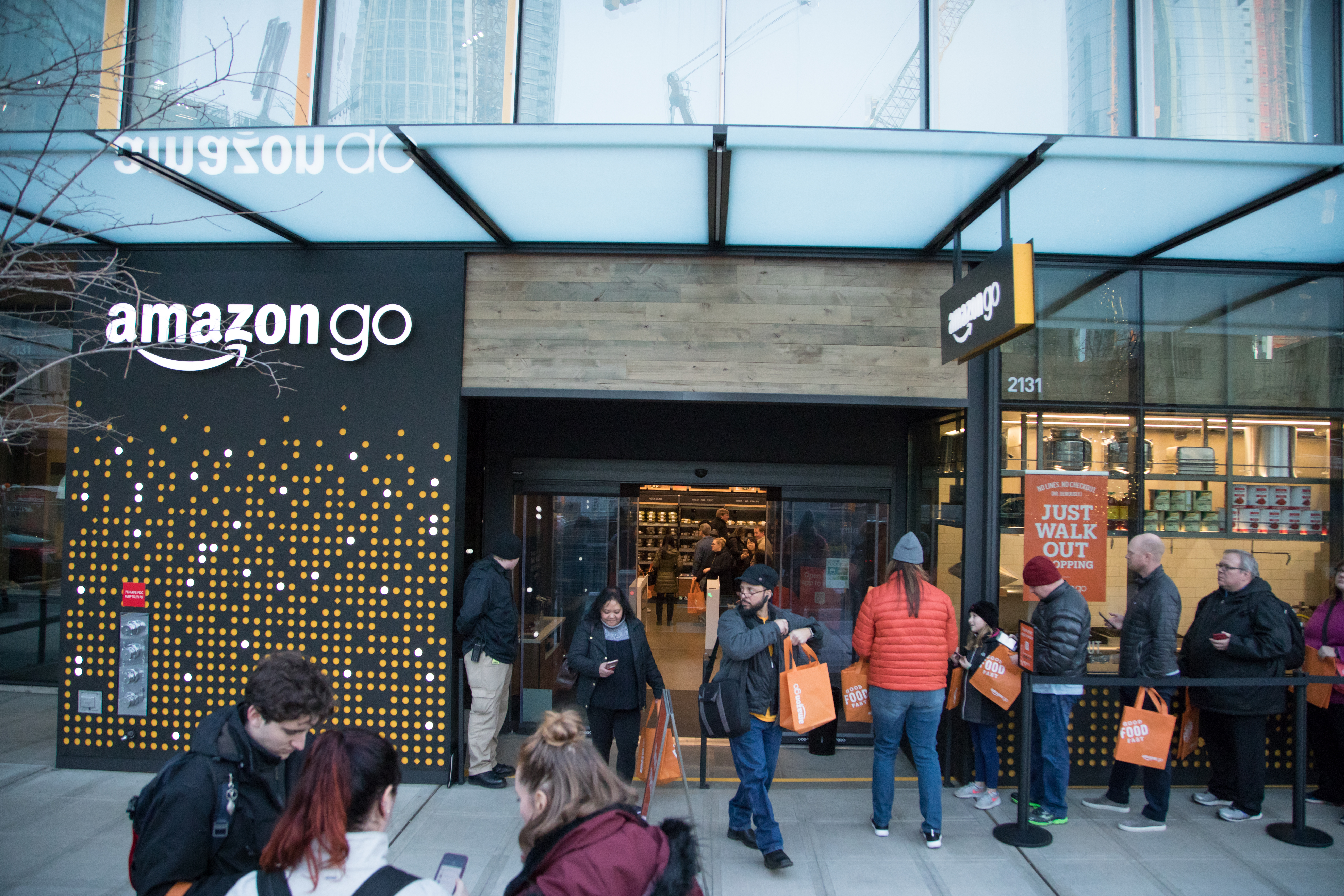We all know it’s only a matter of time before Amazon Go reaches UK shores. Trademarks have long been registered, the rumours have been flying and, having debuted in New York City last month, it’s fair to say that Amazon has an appetite for urban expansion.
This explains Sainsbury’s recent scramble to open the first till-free store in the UK, a PR coup ahead of Amazon’s inevitable incursion.
And they’re not alone – pretty much every grocer from Tesco to Marks & Spencer is trialling scan-and-go technology, self-ordering kiosks are now the norm at McDonald’s and Argos quietly launched its first self-service digital store last month. Time is the new currency.
Checkout-free shopping will particularly cater to busy city workers on their lunch break and it will undoubtedly hit travel retail hard – till-free will become the norm in airports and train stations five years from now. But is this really the future of retail?
The customer experience is paramount, but today ‘frictionless’ often translates as ‘soulless’. Most shoppers still value human interaction in-store and, as we’ve witnessed with self-checkout, there will be resistance among some shoppers to do the heavy lifting themselves.

Source: Sainsburys
Take the new Sainsbury’s trial, for example: for a store that’s all about reducing friction, there’s certainly a lot of it initially as shoppers have to download the app and get used to scanning QR codes.
Let’s not forget that, a few years ago, Morrisons scaled back its self-checkout ambitions in response to customer feedback. There has been a lot of hype about automation, but when it comes to responding to disruption, retailers must not lose the human touch.
Defending cash
Checkout-free stores can be controversial. Not only because they will accelerate the number of retail job losses (according to the Office for National Statistics, 25% of supermarket checkout jobs disappeared between 2011 and 2017), but also because going cashless can be seen as discriminatory towards customers without bank accounts or smartphones.
This summer, Philadelphia will be the first US city to prohibit cashless stores, and a growing number of cities are considering a similar ban. Amazon has had little choice but to begrudgingly adapt, and its shiny new Manhattan store is the first Go branch to accept cash.
Lastly, we must acknowledge the elephant in the room: theft. Today, it feels unnatural to bypass the checkout, and Amazon says it takes customers several visits before they no longer feel like they’re shoplifting.
But theft is a genuine concern and was one of the reasons Walmart shelved its scan-and-go programme in the US last year, with a former executive joking that the scheme should have been simply called “‘go’ because the customers can’t seem to ‘scan’ anything”.
The biggest retailer in the world is now embracing a mobile point-of-sale solution. Equipping more staff with handheld devices so shoppers can pay on the spot is a solid compromise – you still provide a frictionless checkout experience while taking the onus off the customer and alleviating concerns over shrinkage.
I don’t doubt that the digital store is the future of retail or that checkout-free shopping will appeal to certain customers and shopping missions. But consumer adoption will be slow, and they will never replace manned checkouts entirely, which is why the hysteria over till-free stores is unwarranted.
Automation is coming but, in the process, retailers must ensure they don’t kill the experience they are working so hard to improve.
This article originally appeared on Retail Week



 I believe entire product categories will be removed as Amazon looks to make auto-replenishment a reality. If shoppers run out of bleach or toilet paper, they can press a Dash button or ask Alexa. In the future, this will go even further by being automatically replenished. This will test brand loyalty in a way we’ve never seen before, while also freeing up space to focus on what can’t be done online – fresh food halls, cookery classes, cafés and restaurants. The experience will be highly personalised and utterly frictionless.
I believe entire product categories will be removed as Amazon looks to make auto-replenishment a reality. If shoppers run out of bleach or toilet paper, they can press a Dash button or ask Alexa. In the future, this will go even further by being automatically replenished. This will test brand loyalty in a way we’ve never seen before, while also freeing up space to focus on what can’t be done online – fresh food halls, cookery classes, cafés and restaurants. The experience will be highly personalised and utterly frictionless.